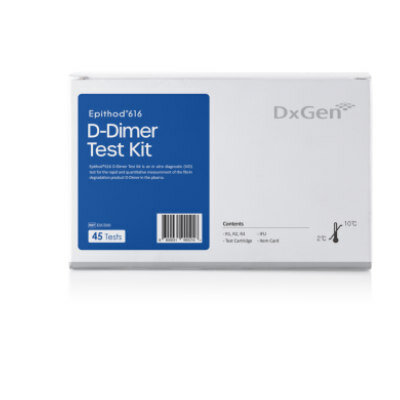Risk Factors Predict Outcomes for Children with Hypertrophic Cardiomyopathy
By LabMedica International staff writers
Posted on 18 Sep 2013
The risk of death or need for immediate listing for heart transplantation for hypertrophic cardiomyopathy (HCM) was greatest for those who developed the disease as infants with congestive heart failure, and for children who also had selective inborn errors of metabolism.Posted on 18 Sep 2013
A group of rare genetic disorders, in which one or more of the body's key metabolic processes are disrupted, help predict outcomes for children with this heart condition called hypertrophic cardiomyopathy (HCM). This condition, a type of pediatric cardiomyopathy with varied causes and outcomes, is characterized by increased hypertrophy of the heart wall.
In the United States, HCM is rare, with fewer than one out of 100,000 children (ages birth to 18 years old) diagnosed annually The condition is more frequently diagnosed in infants (under the age of one year), with 2 to 3 out of every 100,000 identified each year.
Scientists from the University of Miami Miller School of Medicine (Miami, FL, USA) and colleagues from other institutions, sought to understand how risk factors at the time of HCM diagnosis are predictors of death or the need to be added to a heart transplantation waiting list. They spent 19 years amassing data on more than 1,000 affected children at 98 pediatric cardiology centers in the US and Canada through the NHLBI-funded Pediatric Cardiomyopathy Registry.
The findings were published online in September 2013 in the Lancet to coincide with a presentation at the European Society of Cardiology Congress 2013 meeting in Amsterdam (The Netherlands). The National Heart, Lung, and Blood Institute (NHLBI) and the Children's Cardiomyopathy Foundation supported this research.
Related Links:
University of Miami Miller School of Medicine













